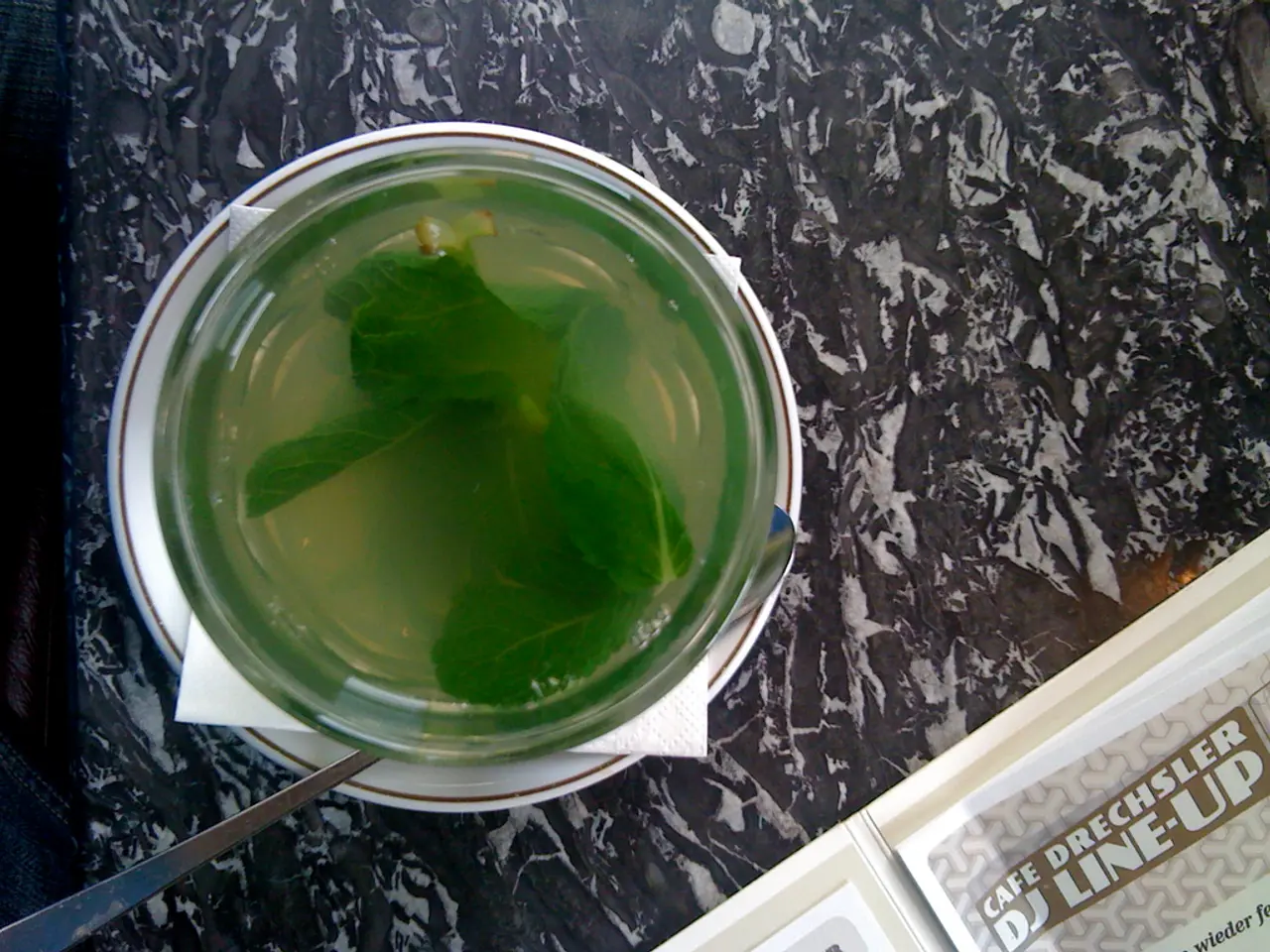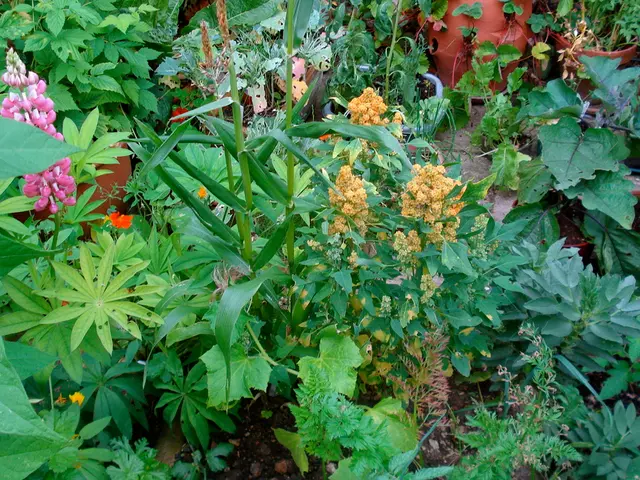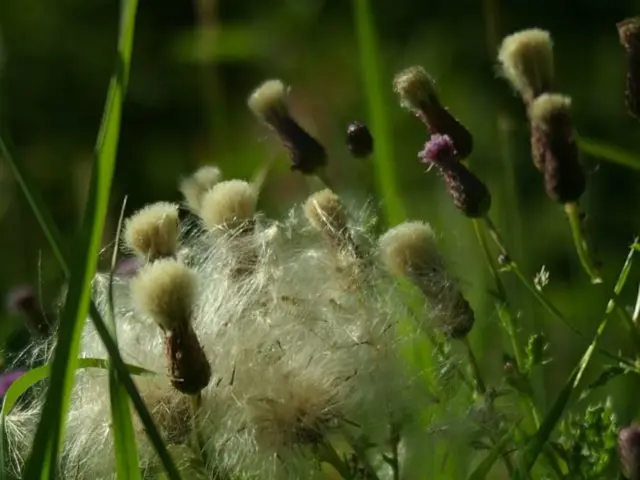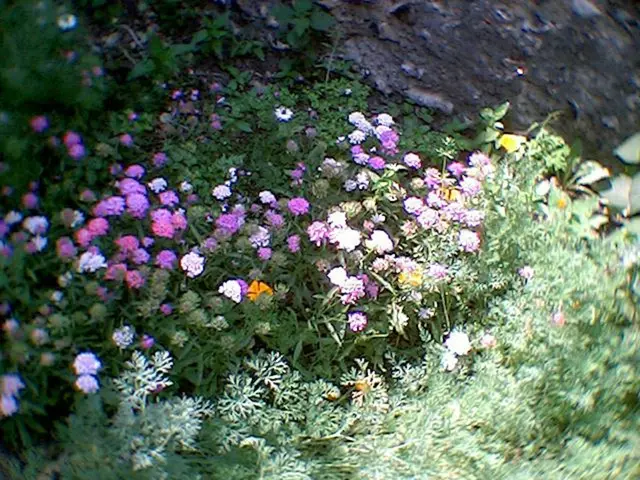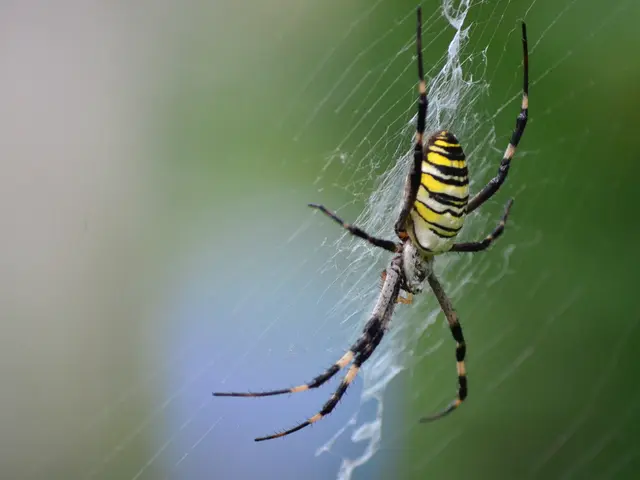Mint Leaf Discoloration: Is it Reason for Concern with those White Patches?
White spots on mint leaves can be a cause for concern for many gardeners. These spots can result from fungal infections, pest problems, or viral infections, each with distinct causes and treatments.
Fungal infections are the most common cause of white spots on mint leaves. Powdery mildew is the most prevalent fungal cause, producing white-gray powdery spots on leaves and stems. Mint rust, another fungal disease, causes spots and leaf discoloration that may start as white or pale spots before turning brown.
Pest problems, such as spider mites, can also cause white or discolored spots on leaves. These tiny pests feed on the leaves, causing flecking. Other arthropods or leaf miners may also cause damage that results in white or pale spotting.
Viral infections can cause mottling or white spotting patterns on leaves, often accompanied by stunted growth. Specific viral diseases causing white spots on mint are less frequently reported and typically require diagnostic testing.
Fortunately, there are treatment options available for each of these causes. For fungal infections like powdery mildew and mint rust, early application of fungicides such as potassium bicarbonate, neem oil, sulfur, or copper fungicides can be effective. Good air circulation and avoiding overhead watering help prevent infection.
For pest problems like spider mites and thrips, application of miticides like bifenazate, insecticidal soaps, or neem oil can help manage infestations. Regularly inspecting plants for pests and treating them early can prevent heavy damage.
Preventive measures, such as ensuring good air circulation around plants, watering at the soil level, and regular sanitation pruning, can also help protect mint plants from pests and diseases. Using resistant mint varieties, if available, is another effective preventive measure.
Glen, a gardening expert with over 15 years of experience in garden maintenance, design, and landscaping services, emphasizes the importance of identifying the specific cause and applying targeted treatments to effectively manage and prevent white spots on mint leaves.
It is essential to remember that once a mint plant is infected with a mosaic virus, it has little hope of survival. Preventing the spread of these viruses to other plants is the most that can be done.
In conclusion, white spots on mint leaves can signal an underlying problem, but with proper identification, treatment, and preventive measures, gardeners can keep their mint plants healthy and thriving.
A home-and-garden enthusiast with an interest in gardening may find it beneficial to understand that fungal infections, pest problems, or viral infections could be the source of white spots on their mint leaves. In the realm of home-and-garden lifestyle, effective management and prevention of these issues can lead to healthier and thriving mint plants.
